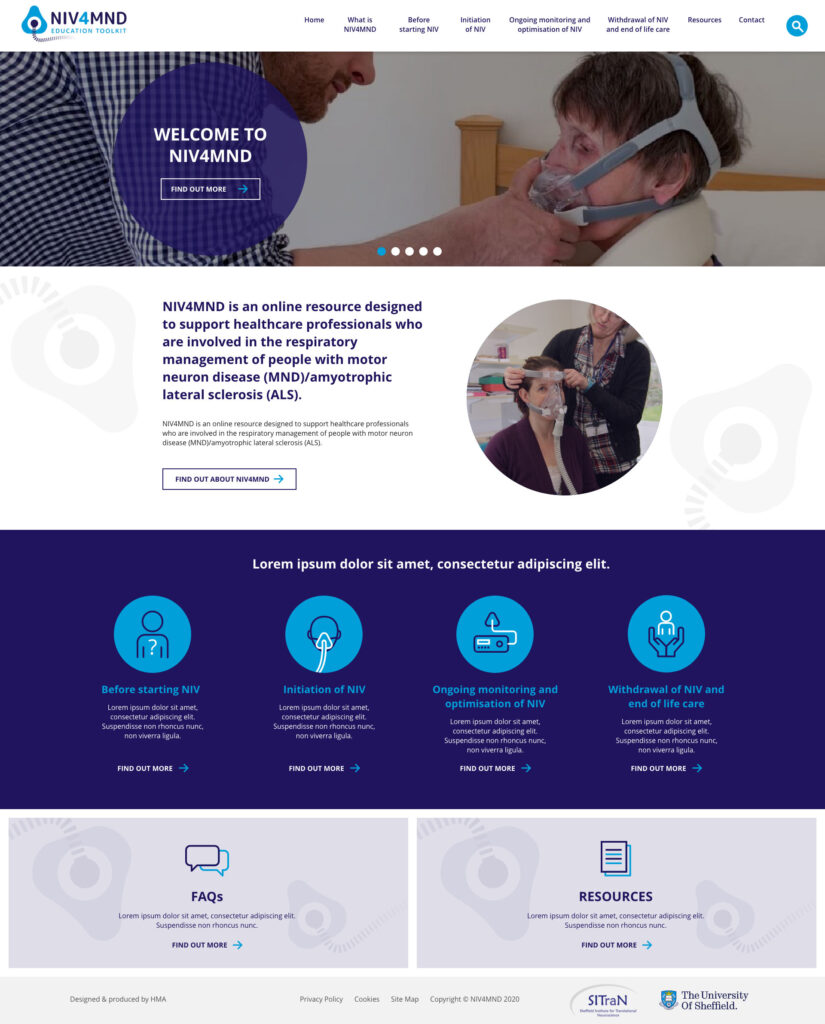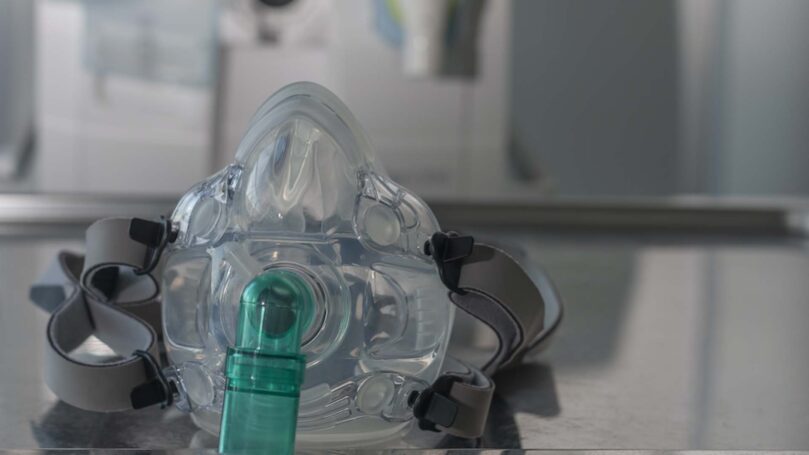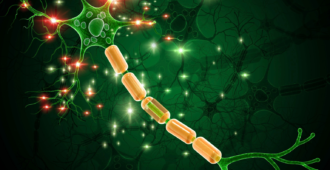Guest researcher blog post written by Lucy Musson.
My name is Lucy Musson and I am a Research Assistant working at the Sheffield Institute for Translational Neuroscience (SITraN). I am currently managing a project that aims to enhance the effectiveness of non-invasive ventilation (NIV) for people living with motor neuron disease (MND). I completed my BSc in Psychology at the University of Sheffield before undertaking an MSc in Clinical Neurology at SITraN. I was inspired by my lecturers and developed a strong interest in neurodegeneration. During my MSc, I carried out a research project that explored patient and public involvement in MND research. I then worked in dementia research before returning to SITraN to work on my current project. I am grateful to be able to work with experts in the field of MND research and care, and am committed to helping to make a difference to the lives of all people who are affected by MND.
Many people living with motor neurone disease experience weakening of the breathing muscles that can cause symptoms such as breathlessness and disturbed sleep. Non-invasive ventilation involves using a machine and a mask to support a patient’s own breathing. Evidence shows that NIV can help people with MND to live longer and can improve their quality of life. However, ventilation must be used correctly to ensure patients receive maximum benefit. We are conducting a project to identity the best ways of providing NIV to people with MND, and to use this information to develop recommendations and resources to improve clinical practice to ensure that people with MND get the best service possible. This is led by Dr Esther Hobson, Dr Haris Stavroulakis and Professor Chris McDermott and is funded by the National Institute for Health Research Programme Grant for Research for Patient Benefit.
As part of this project, we have systematically reviewed the literature and identified factors associated with optimal NIV use from diagnosis to the end stages of the disease, including withdrawal from NIV. For example, using a multidisciplinary approach, optimising the mask, machine mode and settings and monitoring patients regularly. We surveyed MND centres and NIV services across the UK to map the current clinical practice of delivering NIV to people with MND. Different services and different staff delivered NIV in different ways.

We have carried out focus groups with healthcare professionals and stakeholders from third-party organisations to help us understand our findings and to hear their views on how best to translate this knowledge into improved services. By combining our findings with current guidance, we have developed a list of recommendations and are creating an online toolkit called NIV4MND to help healthcare professionals learn how to deliver NIV to people with MND.
The toolkit is intended for any healthcare professional who is involved in the respiratory management of people living with MND. This includes healthcare professionals working in a variety of job roles (e.g., physicians, consultants, district nurses etc) and specialities (e.g., neurology, respiratory and palliative care). The toolkit will be applicable to healthcare professionals working in a variety of settings including hospitals, hospices, nursing homes and the community. We hope that healthcare professionals wishing to upskill in the area of MND and/or NIV find out research/toolkit helpful.
We hope this will improve the way in which NIV is delivered to people with the disease, and help ensure they gain maximum benefit from using NIV. The toolkit will be similar to the myBreathing website but myBreathing is aimed at people with MND and their family members. Whilst COVID-19 has placed restrictions on the way we work, we are able to continue with this project as planned. We are including people with MND, informal carers and healthcare professionals in the design, development and testing of the online toolkit using remote means of communication, such as video conferencing software and e-mails. We are currently on track to launch the toolkit for healthcare professionals in December.
We’d like to thank Lucy for sharing her research in this blog post.







Please please please work with Palliative Care Units so they respect and understand not only the correct use of NIV requirements for patients but also the correct procedures and practices of end of life removal of the NIV.
My husband passed away with MND is the sadest and unnecessary way due to a Doctors arrogance and lack of understanding of an MND patients who was 100% reliant on a NIV